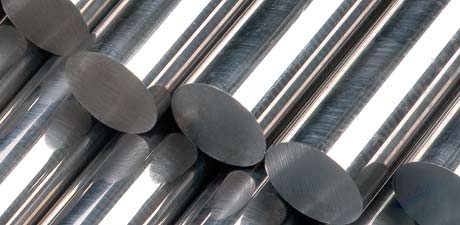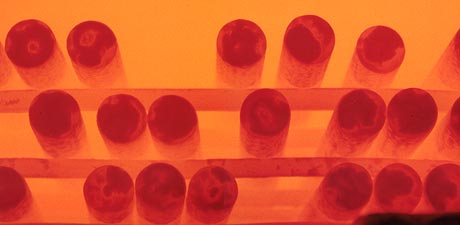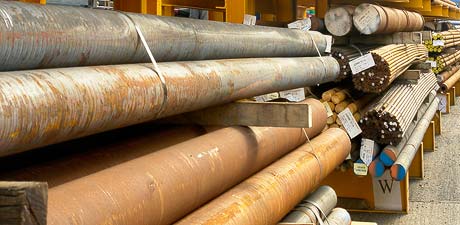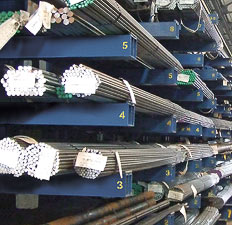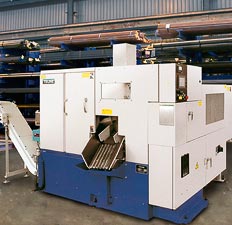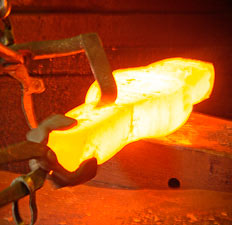Technical Data
Metallurgical Terms
H.
Chemical symbol for hydrogen.
Hair Line Cracks.
(See Flakes).
Hammer Forging.
(See Forging).
Hard Facing.
A method of improving wear resistance by suitable application of a hard protective coating to a metal. Examples are the deposition by welding of Stellite or metal carbide.
Hard Metals.
(Cemented Carbides). Powdered carbides of tungsten, tantalum or titanium, cemented into solid masses by mixing with powdered cobalt or nickel, then compressing and sintering. Used for cutting tools, wire-drawing dies and parts subjected to heavy wear or abrasion.
Hardenability.
The property that determines the depth and distribution of hardness induced by quenching, i.e. it represents the resistance to transformation. It is generally expressed in relative terms and it is related to the critical cooling rate, i.e., the rate at, or above which wholly martensitic structures are formed. This critical cooling rate, or hardenability, is largely a function of composition, although steels of apparently similar composition can have different hardenabilities and the same cast of steel may show fairly wide variations. There is a limit to the section size which can be completely hardened upon quenching. Plain carbon steels are shallow hardening, and alloy additions increase the depth of hardening. The Jominy Test is a method of assessing hardenability.
Hardenability Curve.
(See Jominy Test).
Hardening.
Increasing the hardness by heat treatment. This usually implies heating to a temperature slightly above the critical range, i.e., for hypo-eutectoid steels above the Ac3 point and for hyper-eutectoid steels above the Ac1 point, maintaining at that temperature until diffusion is complete, and by quenching in water, oil or air, cooling at a rate sufficiently rapid to prevent or retard the austenite-pearlite transformation, and to form a martensitic or bainitic structure.
Hardening Crack.
(See Quenching Crack).


